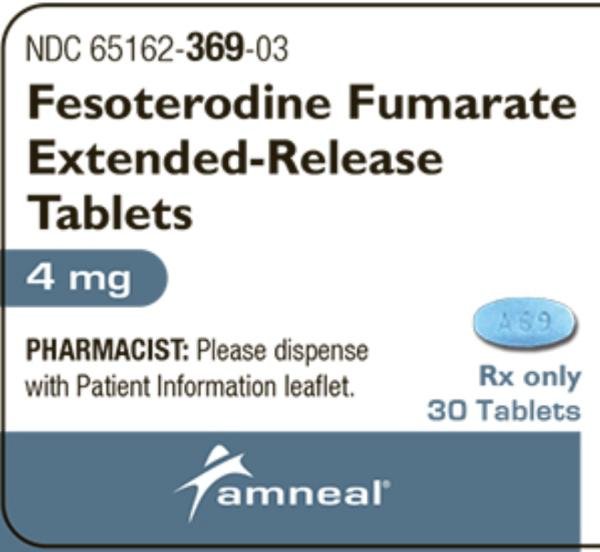Fesoterodine Interactions
There are 323 drugs known to interact with fesoterodine, along with 6 disease interactions, and 1 alcohol/food interaction. Of the total drug interactions, 29 are major, 290 are moderate, and 4 are minor.
- View all 323 medications that may interact with fesoterodine
- View fesoterodine alcohol/food interactions (1)
- View fesoterodine disease interactions (6)
Most frequently checked interactions
View interaction reports for fesoterodine and the medicines listed below.
- Aspir 81 (aspirin)
- Aspirin Low Strength (aspirin)
- Calcium 600 D (calcium / vitamin d)
- CoQ10 (ubiquinone)
- Cymbalta (duloxetine)
- Eliquis (apixaban)
- Gemtesa (vibegron)
- Heparin Sodium (heparin)
- Iron Sulfate (ferrous sulfate)
- Jardiance (empagliflozin)
- Linzess (linaclotide)
- Lithium Carbonate ER (lithium)
- Metoprolol Succinate ER (metoprolol)
- Metoprolol Tartrate (metoprolol)
- MiraLAX (polyethylene glycol 3350)
- Myrbetriq (mirabegron)
- Norco (acetaminophen / hydrocodone)
- Omega-3 (omega-3 polyunsaturated fatty acids)
- Ozempic (semaglutide)
- Paxlovid (nirmatrelvir / ritonavir)
- Retinol (vitamin a topical)
- Symbicort (budesonide / formoterol)
- Synthroid (levothyroxine)
- Tramadol Hydrochloride ER (tramadol)
- Tylenol (acetaminophen)
- Vitamin B12 (cyanocobalamin)
- Vitamin C (ascorbic acid)
- Vitamin D3 (cholecalciferol)
- Xarelto (rivaroxaban)
- Zoloft (sertraline)
Fesoterodine alcohol/food interactions
There is 1 alcohol/food interaction with fesoterodine.
Fesoterodine disease interactions
There are 6 disease interactions with fesoterodine which include:
- GI retention
- narrow-angle glaucoma
- urinary retention
- hepatic dysfunction
- myasthenia gravis
- renal dysfunction
More about fesoterodine
- fesoterodine consumer information
- Compare alternatives
- Reviews (77)
- Drug images
- Side effects
- Dosage information
- During pregnancy
- Drug class: urinary antispasmodics
- Breastfeeding
- En español
Related treatment guides
Drug Interaction Classification
| Highly clinically significant. Avoid combinations; the risk of the interaction outweighs the benefit. | |
| Moderately clinically significant. Usually avoid combinations; use it only under special circumstances. | |
| Minimally clinically significant. Minimize risk; assess risk and consider an alternative drug, take steps to circumvent the interaction risk and/or institute a monitoring plan. | |
| No interaction information available. |
See also:
Further information
Always consult your healthcare provider to ensure the information displayed on this page applies to your personal circumstances.


